'It's not an adventure': How social media misleads migrants about the US-Mexico border
A black ski mask conceals the man’s face.
The anonymous YouTube channel host almost always sports a black baseball cap embellished with the channel’s logo above his mask. The hat depicts a stylized orange and red emblem of a desert vista with the words “aventuras por el desierto,” meaning adventures through the desert.
The channel had nearly 9,000 subscribers and a catalog of 180 videos that offered advice, stories and tips on the process of crossing the Arizona-Mexico border.
Videos walked viewers through how much they would have to pay in smuggling fees and advice on how to cross without a guide or “coyote.”

Bold yellow and green font was typically splayed across the videos’ thumbnails, usually with a clickbait-like title. “I was arrested by state police in Sonoyta” and “this is how sicarios work in the desert” are only a couple recent video titles.
YouTube has guidelines to restrict content that spreads misinformation and the sale of illegal or regulated goods, including human smuggling, from being uploaded to the site. The channel’s name and branding, purportedly for desert adventures, is seemingly set up to bypass the restrictions.
The channel was taken down by YouTube after the platform was reached for comment.
“We terminated the channel in question for violating our policies prohibiting content that encourages dangerous and illegal activities, such as human smuggling,” Javier Hernandez, YouTube spokesperson, said in a written statement.
“We enforce this policy equally for everyone, and channels that repeatedly violate or are dedicated to violative content are terminated.”
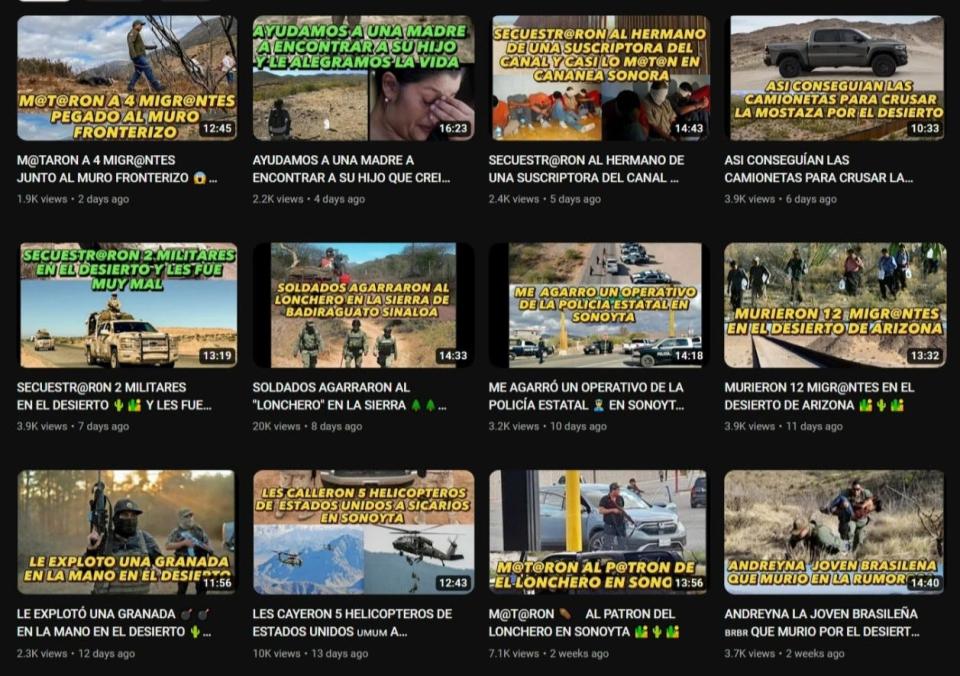
The channel is only one of hundreds of digital avenues that spread information and misinformation among migrant networks considering the journey to the U.S.-Mexico border.
Human smugglers use TikTok, WhatsApp, Instagram and Facebook to offer their services to cross the border, according to the Tech Transparency Project, a watchdog research initiative.
Smugglers post prices, routes and discounts on Facebook groups and pages with thousands of members. Smugglers often spread false rumors and misinformation about U.S. immigration policies and how easy the journey will be, according to the watchdog group.
“It's not an adventure; It's a very difficult journey,” said Guadalupe Correa-Cabrera, professor with the Schar School of Policy and Government at George Mason University.

The content advertised on social media is often only a complementing factor to the already present driving factors in migrants’ home countries, Correa-Cabrera said. It’s an incentive as part of the whole human smuggling industry, she added.
“(Migrants) combine their reality with the aspiration with what is presented in the media,” Correa-Cabrera said.“That is misinformation, that is nefarious because it presents things in a way that are not going to be.”
'Recipe for death': Record temps, policies contribute to recent string of migrant deaths
A new poll by America’s Voice found that disinformation about “open borders” contributes to Central American migration to the U.S. The poll, released Sept. 26, found that more than one in four Central American respondents heard and approximately one in five believed rhetoric that the “border is open.”
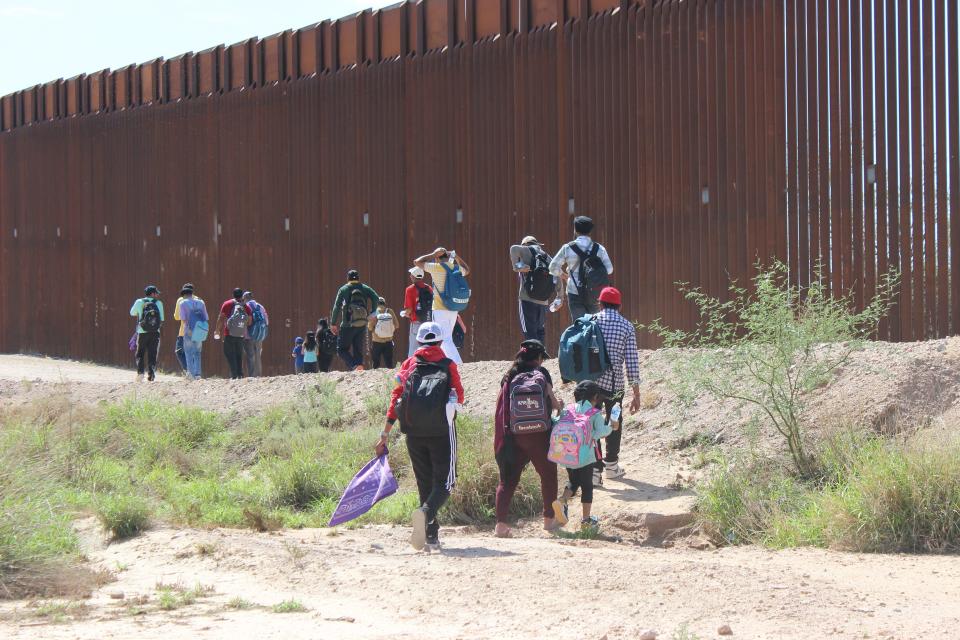
Social media was the most used source of information about the border among respondents from ages 16-24, according to the poll. Of the young respondents, who are the ages most likely to consider migrating, 71% reported having heard U.S. officials or politicians say the border is open through social media.
The poll surveyed 600 people living in El Salvador, Guatemala, Honduras and Nicaragua in July.
In March, large groups of migrants were confronted by federal agents on the Paso del Norte International Bridge, which connects Ciudad Juárez with El Paso after a false rumor spread that migrants would be allowed to pass through en masse.
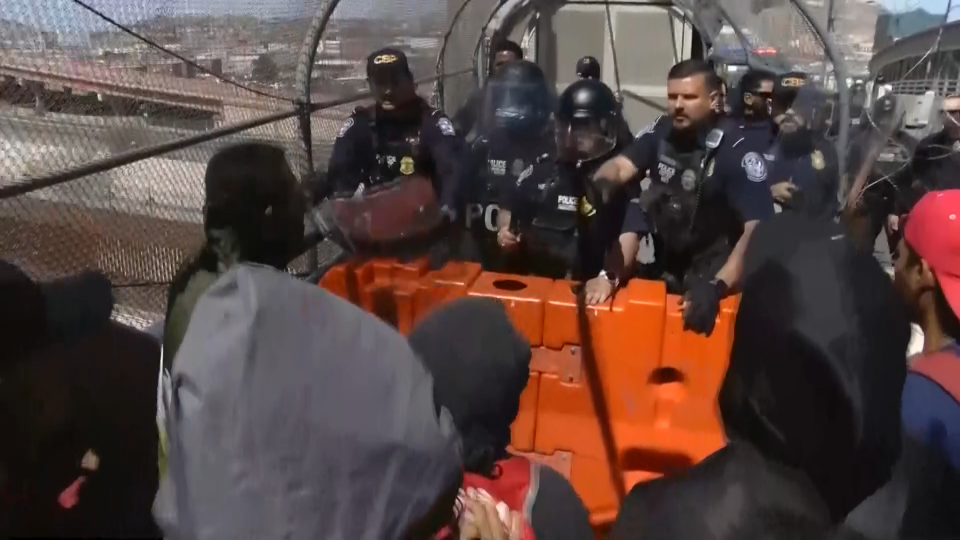
About a month later, rumors on social media spread among migrants in Ciudad Juárez that the Title 42 health restriction would be lifted for Venezuelan migrants. The pandemic-era restriction allowed border officials to rapidly expel migrants arriving at the country’s borders for over three years.
Border standoff: US officials in riot gear clash with migrants attempting mass entry into Texas
The false information came from Breitbart News, a right-wing outlet, that alleged the Biden administration ordered border officials to lift the restriction for Venezuelans.
‘A false sense of calm’
The majority of the desert adventure YouTube videos focused on crossing from Sonoyta, Sonora, into the Organ Pipe Cactus National Monument and the Cabeza Prieta National Wildlife Refuge near Lukeville and Ajo.
In recent months, the area has become a busy crossing corridor for migrants who often surrender to Border Patrol agents in large groups.
Lukeville arrivals: Border Patrol's Tucson Sector sees 15-year high as advocates adapt to Lukeville migration shift
The Border Patrol’s Tucson Sector remained the busiest sector along the Southwest border in August after claiming the title in July.
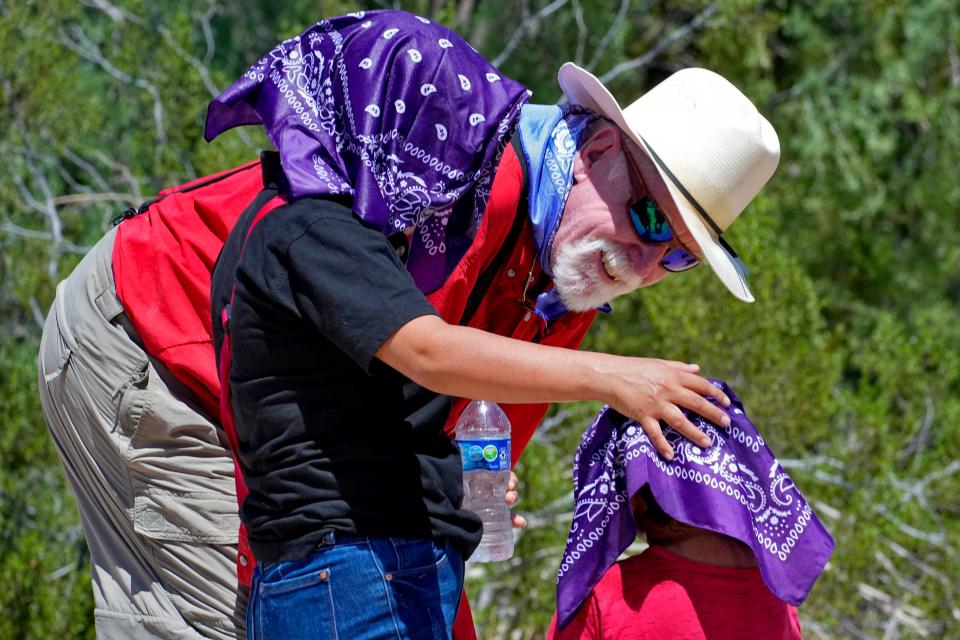
The sector documented 48,754 migrant encounters in August, representing a 24% increase from the month prior, according to U.S. Customs and Border Protection data.
The YouTube channel’s name may mislead viewers about the reality of traversing the remote and deadly swath of Arizona’s border. The desert expanse is notorious for its lethal temperatures and unforgiving terrain — not a desert adventure.
“It's like watching a television commercial,” said Ray Rede, assistant special agent in charge for U.S. Homeland Security Investigations in Sells, Arizona.
“They're putting their best light forward. It's not going to be a safe journey.”
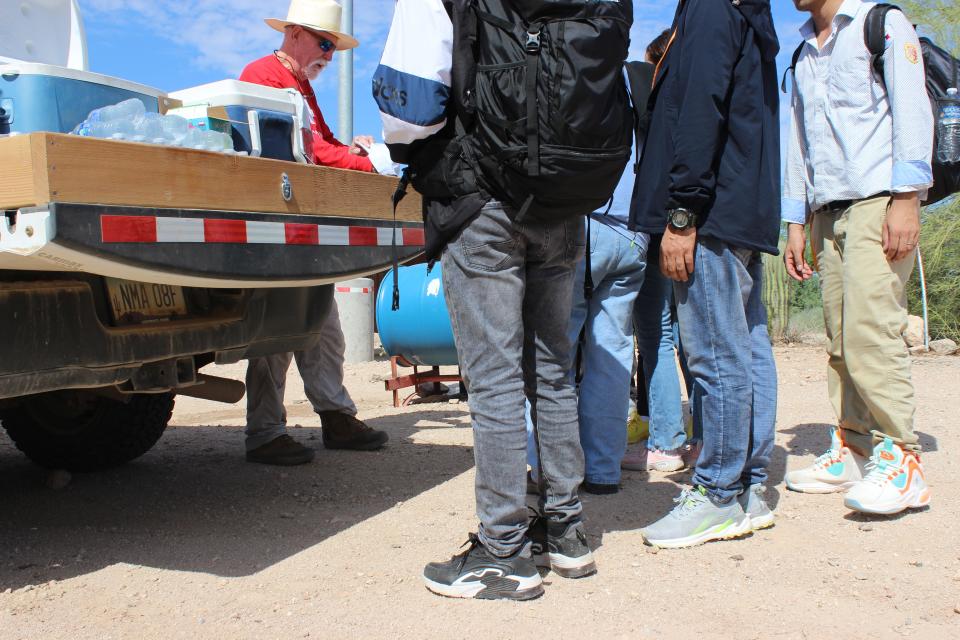
Humanitarian volunteers in the area often come across migrants suffering from heat distress as temperatures reached up to 115 degrees in the summer. On Aug. 17, an older male migrant from Bangladesh died after suffering medical distress upon crossing the border near Lukeville.
The exploitation of social media channels to promote crossing the border creates a false sense of security among migrants considering the journey, according to Rede.
“It's almost like they're advertising a vacation package and it's everything but a vacation package,” Rede said. “They almost sensationalize it and bring a false sense of calm.”
'Boom of opportunities': How smugglers, Mexican cartels profit from US border restrictions
More than a decade ago, smugglers had a much closer and more familiar relationship with migrants considering the journey. People in the community knew and trusted the smugglers to make the trip.
With the advent of social media, the process has become much more disconnected. It’s become easier for people to coordinate their journey without ever meeting, knowing or seeing who they’re talking to, Rede said.
“Social media has expanded the marketing efforts of the smuggling organizations,” Rede said. “Now, they can reach the masses.”
CBP continuously has pushed their social media messaging, urging migrants not to trust social media rumors and information from unofficial sources. The agency repeatedly underscores that the border is not open to unlawful migration.
Have a news tip or story idea about the border and its communities? Contact the reporter at josecastaneda@arizonarepublic.com or connect with him on X, formerly known as Twitter, @joseicastaneda.
This article originally appeared on Arizona Republic: Social media misinforms migrants about Arizona-Mexico border

